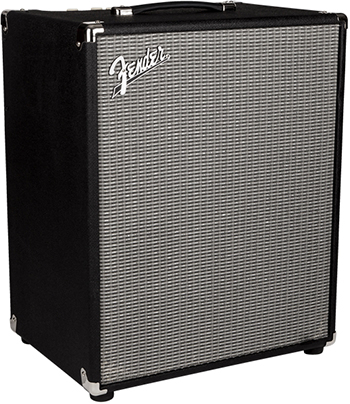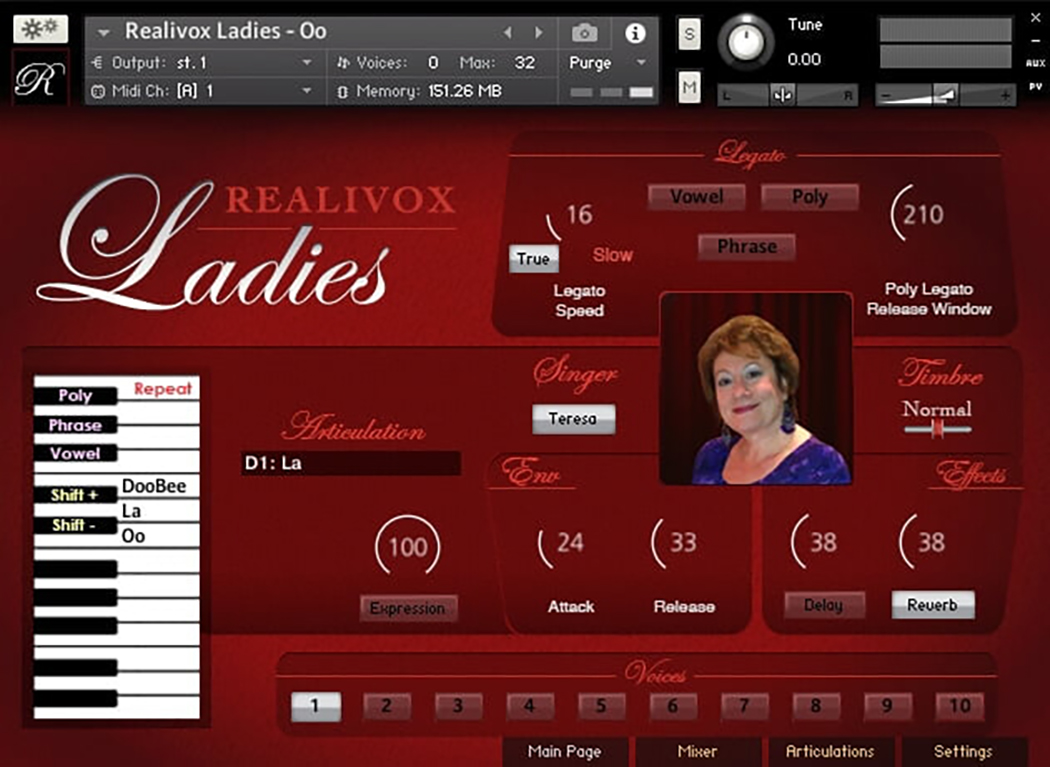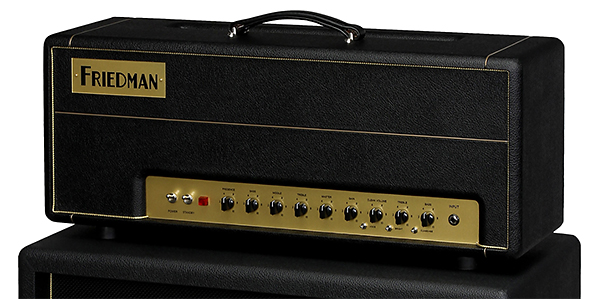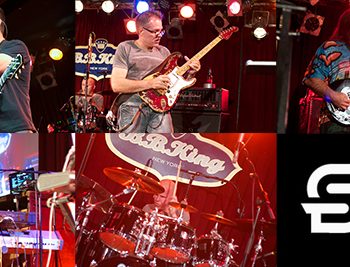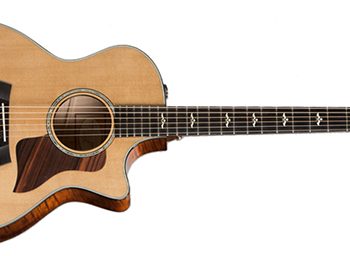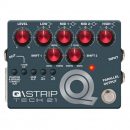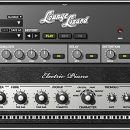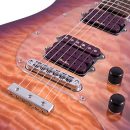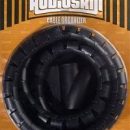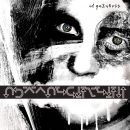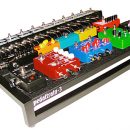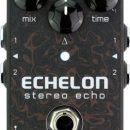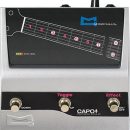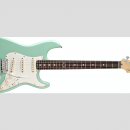 Fender knows bass. And they should, given they have been manufacturing electric bass guitars and bass amps for over sixty years. And while a Bassman head atop a stack of 410 cabinets is mighty impressive sounding, it’s not exactly the most practical rig for smaller stages and venues. If only Fender would give us something a little more practical…
Fender knows bass. And they should, given they have been manufacturing electric bass guitars and bass amps for over sixty years. And while a Bassman head atop a stack of 410 cabinets is mighty impressive sounding, it’s not exactly the most practical rig for smaller stages and venues. If only Fender would give us something a little more practical…
The Fender Rumble 500 is a compact bass amp available in head or combo versions, and paired with the Fender Rumble 210 cabinet, it delivers a cost-effective, winning combination that delivers Fender bass tone in a compact and styling looking package. The Rumble combo is small enough for practicing in a bedroom or a rehearsal studio, not to mention playing a coffee shop gig, but once you add the Rumble 210 cabinet, you’ve got a rig that you can bring with you to the larger venues.
| Category | Value | Rating |
| Features | 20% | |
| Usability | 25% | |
| Sound | 25% | |
| Documentation & Support | 10% | |
| Price | 20% | |
|
|
||
| OVERALL RATING = 3.6, which earns it a WIHO Award!
3.6 stars or better: Outstanding, WIHO Award |
||
Features
We reviewed the Rumble 500 Combo with the Rumble 210 Extension Cabinet.
Rumble 500 Combo
The Rumble 500 is a no frills, straight to the point, solid-state, light weight (37 pounds), combo amp with a 2x10 speaker configuration (and compression horn) in a ported plywood enclosure. The amp itself delivers 500W of Class D power at 4 Ohms.
Featured on the panel at the top of the amp are a single instrument-level input and a gain control, which will also affect the level of distortion or compression if vintage and/or overdrive voicings are selected (more on that follows).
Adjacent to the Gain control are three EQ enhancement buttons: Bright, Contour and Vintage. The Bright button adds a shimmering presence to the tone, the Contour button creates tone with scooped mids and a low-end boost, and the Vintage button changes the overall tone of the preamp circuit to sound more vintage overall.
The Overdrive button engages the overdrive circuit, which enables the Drive and Level controls (controlled manually or with a footswitch such as the matched Fender 1-Button footswitch, which is sold separately). The four-band equalization controls consist of Bass, Low Mid, High Mid, and Treble. Finally, the master volume control and a red power indicator light complete the panel.
On the rear panel, you’ll find a detachable AC power connection, AC On/Off power switch (no standby/mute switch), external speaker output, switch to defeat/silence the horn, a series effects loop, Aux In, headphones jack, an XLR DI out with ground lift, and a footswitch input jack. The effects loop and DI have no level controls, and also absent from this amp is a tuner output.
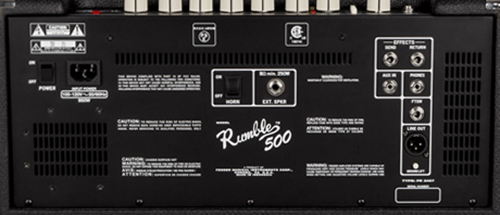 |
Rumble 210 Cabinet
The Rumble 210 extension cabinet is a great companion to the Rumble 500 Combo, and also serves as a primary cabinet if you purchase the Fender Rumble head instead of the combo. Rated at 700W (program) and 350W (continuous), the cabinet features the same two 10” Eminence speakers and compression horn as those found in the Rumble 500 combo. The small (23" x 19" x 14”), ported plywood enclosure weighs only 39 pounds, making it easily transportable.
 The compression horn in the extension cabinet has selectable attenuation (full/off/-6dB), whereas the Rumble 500 combo only has an On/Off switch for the driver. The 210 has the same dimensions as the Rumble 500, and they look very classy when stacked together. There are both 1/4" and Speakon input jacks, but the Rumble 500 combo does not have a Speakon jack (neither does the Rumble head). The handles are different, too. The Rumble 210 cabinet has recessed steel bar handles in its sides, while the Rumble 500 combo has a molded plastic strap on top.
The compression horn in the extension cabinet has selectable attenuation (full/off/-6dB), whereas the Rumble 500 combo only has an On/Off switch for the driver. The 210 has the same dimensions as the Rumble 500, and they look very classy when stacked together. There are both 1/4" and Speakon input jacks, but the Rumble 500 combo does not have a Speakon jack (neither does the Rumble head). The handles are different, too. The Rumble 210 cabinet has recessed steel bar handles in its sides, while the Rumble 500 combo has a molded plastic strap on top.
Usability
The Fender Rumble 500 is a straightforward and easy-to-use amp.
For live gigs, transportation of this Fender bass rig was very manageable; the small size took up minimal real estate in the vehicle. We found both the combo and extension cabinet very easy to transport because of their compact sizes and light weight—36 pounds for the combo and 39 pounds for the extension cabinet. Load in was, dare we say, easy.
The XLR line out with ground lift sounded clean and worked well despite a lack of level controls—but we got lucky on that one. On the plus side, the sound engineer didn’t even realize that his normal DI box wasn’t being used. However, the level and tone controls on the amp affect the XLR line out signal level, so had we not been running things pretty flat, we might have sent the house too hot of a signal.
At home, we plugged in a pair of Sennheiser HD 280 pro headphones and were happy to note that this automatically turns off the speakers. Using the Aux In jack with an iPod worked fine; just make sure that your CD/MP3 player/Smart Phone volume is down before playing your track with headphones on.
Our chief complaint about this otherwise versatile amp was the lack of a mute/standby switch. Switching instruments required either turning down the volume control or turning the power Off, both bad options in the live venue setting.
Sound
The Rumble 500 cuts through nicely in a band situation and is plenty loud.
We tested the Rumble 500 combo paired with the Rumble 210 extension cabinet and demoed it with a variety of active and passive basses: A Music Man Stingray five-string (active), Cort’s Jeff Berlin “The Rithimic” signature four-string (passive), a Fender Steve Harris Precision four-string (passive), and a Steinberger XL2 four-string (active).
At our studio, we plugged a Fender Precision bass in and had a fantastic Fender “P” sound without tweaking any of the EQ. As we dialed in our tone a bit more, we liked the EQ set to Bass (10:00), Low Mid (10:00), High Mid (2:00) and Treble (2:00). This EQ setting worked well for the room we were in, delivering nice lows and lots of mids. This was punchy and sounded just the way a classic Fender P bass should sound. Then, we added the overdrive and dialed in a killer ‘70s prog rock sound, long live “the Fish.” We turned the compression horns on and off to experiment with the high frequencies. There is a noticeable difference in the sound, and even though vintage amps didn’t have high frequency drivers, we preferred keeping them on, as they added nice, crisp high frequencies to our sound.
With our five-string Music Man bass, we found the Rumble setup could easily handle the low B string without getting flubby. When playing chords, double stops, or triple stops, we were happy with how clear multiple harmonics came through.
Overall, the Rumble 500 is a vintage sounding amp, both in its tone and its response. We absolutely loved the classic and recognizable Fender bass sound we could dial in, and Fender purists will be especially happy. Jeff Berlin’s “Rithimic” signature bass sounded absolutely beautiful delivering a crisp fusion and progressive bass sound. From ‘80s metal to smooth Motown, this amp combination has some serious Fender mojo in a compact package!
The bass sound had good presence at different volumes, which makes this amp useful in many different playing scenarios. At louder volume gigs, though, we needed to do some EQ tweaking to maintain the amp’s tone as it got a little bit thinner as our volume increased (but some low and mid adjustments resolved this).
Documentation and Product Support
Both of the owner manuals for the Rumble 500 and Rumble 210 cabinet are straightforward, and list the various features of the amp and the cab. However, they lack specific operational details. We prefer more informative, user-friendly manuals with sample settings and pre-outlined templates of the amplifier control panel so one can mark their own personal settings.
At the time of this review, Fender’s web site has a great commercial for the Rumble series bass amps, but we would like to see some videos (or an expanded manual) illustrating how to dial in some trademark Fender bass sounds.
Price
The Rumble 500 combo sells for $549.99 and the Rumble 210 cabinet sells for $349.99. This Fender bass stack is an obvious bargain; the combination of both the amp and cab gives any bass player a rig that will be suitable for a wide range of musical adventures.
Contact Information
Fender Musical Instruments Corporation
www.fender.com

